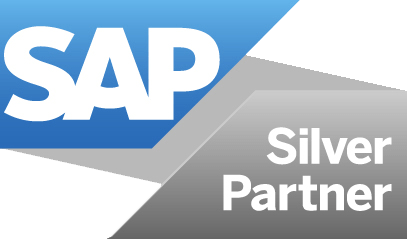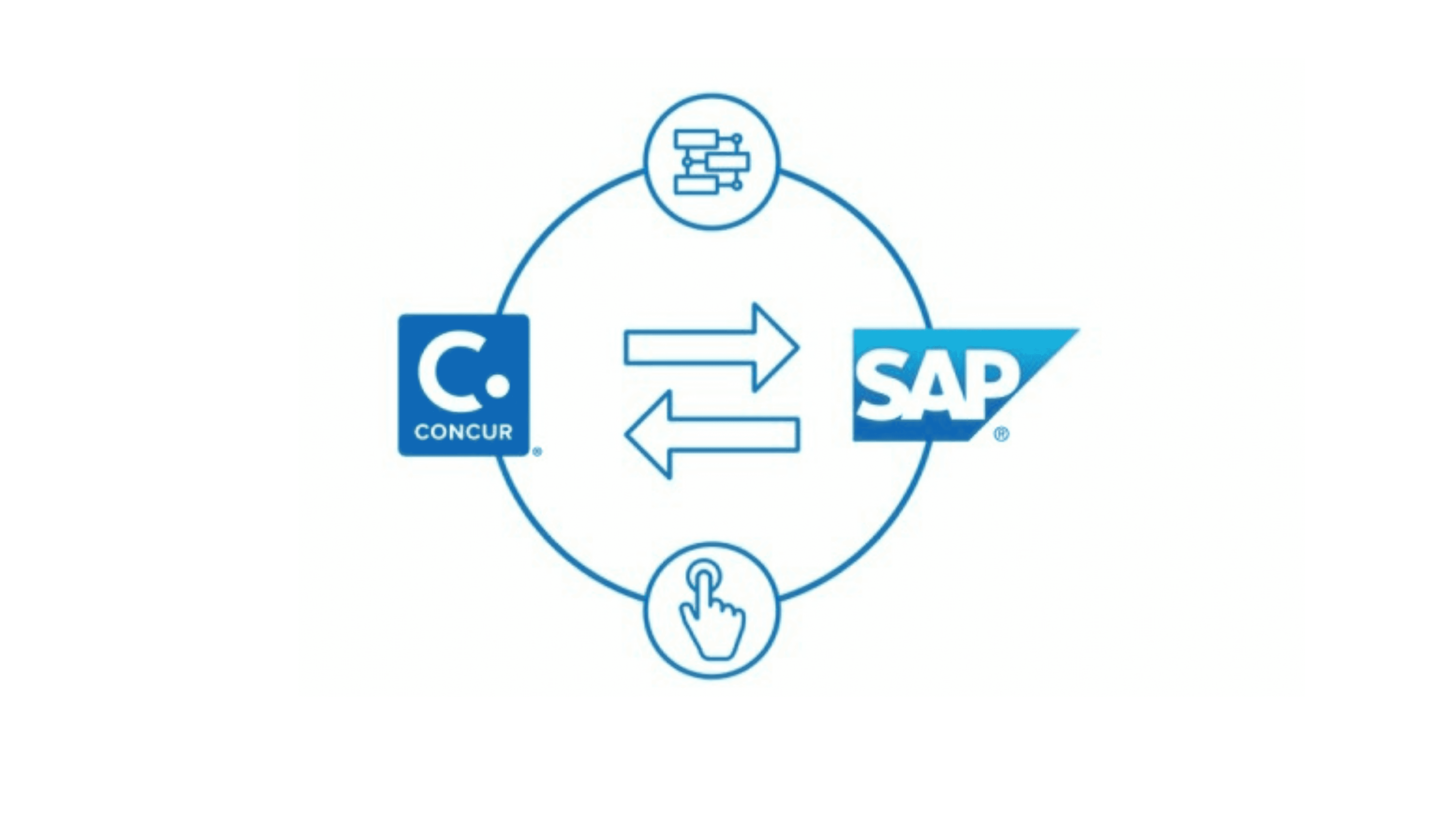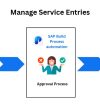SAP Concur and S/4HANA Cloud Integration via Embedded RAP
Introduction
In the fast-paced world of ERP and financial management, seamless integration between different software systems is crucial for efficiency and accuracy. Recognizing this need, we developed a Restful ABAP Programming (RAP) application to bridge SAP S/4HANA and SAP Concur, two powerful tools in the SAP ecosystem.
Note: If you are using SAP Concur’s Professional or Premium edition you can directly integrate it to SAP S/4HANA. However, SAP Concur’s standard edition doesn’t provide any direct integration. In this blog we are going to achieve it by SAP RAP Application which is built inside S/4HANA.
Overview
The primary objective of this integration project is to automate the flow of data between SAP Concur and SAP S/4HANA. Specifically, the RAP application collects expense reports from SAP Concur and creates corresponding supplier invoices in SAP S/4HANA. This process can be executed automatically via a runner or manually by a user.
Implementation Details
The RAP application was developed using ABAP RESTful programming principles, ensuring robustness and scalability. Below is a high-level overview of the implementation steps:
- Secure connections established between SAP S/4HANA and SAP Concur using OAuth 2.0 for authentication and authorization.
- Client credentials are stored inside S/4HANA destinations to ensure user liability and security.
- Custom ABAP program implemented to retrieve expense reports from SAP Concur, ensuring all necessary data fields are captured accurately.
- Transforming the collected data into the required format for SAP S/4HANA, aligning with the supplier invoice creation process.
- Using S/4HANA Business Object Interface to create supplier invoices based on the transformed data.
- Business Object Interface ensures the fast and accurate integration.
- Implemented robust error handling mechanisms to manage any issues during data retrieval or invoice creation, with logs.
Sample Screenshots
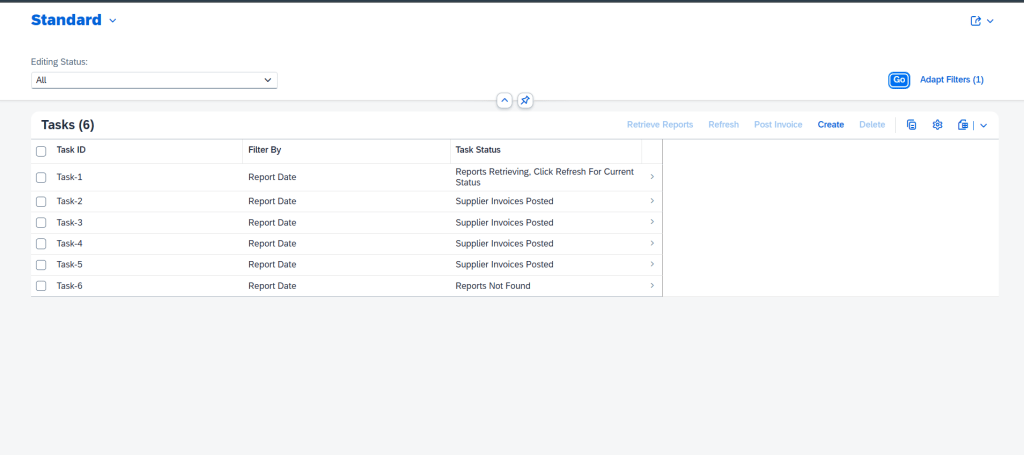
Users can create new tasks with customized filtering parameters such as report date and report ID. These tasks can be completed manually or automatically as needed.
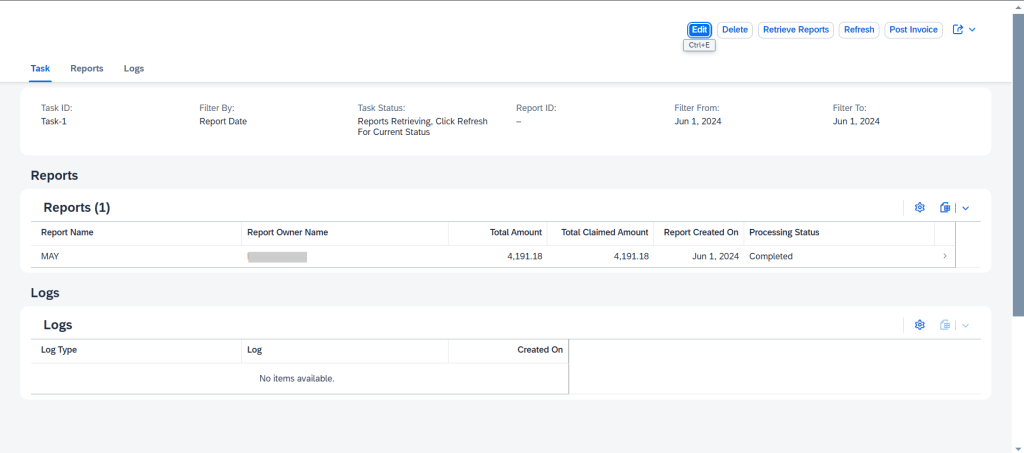
Additionally, the logs feature is designed to record runtime errors, which is a crucial component of any integration process. This allows users to verify and reprocess data based on the information provided in the logs.
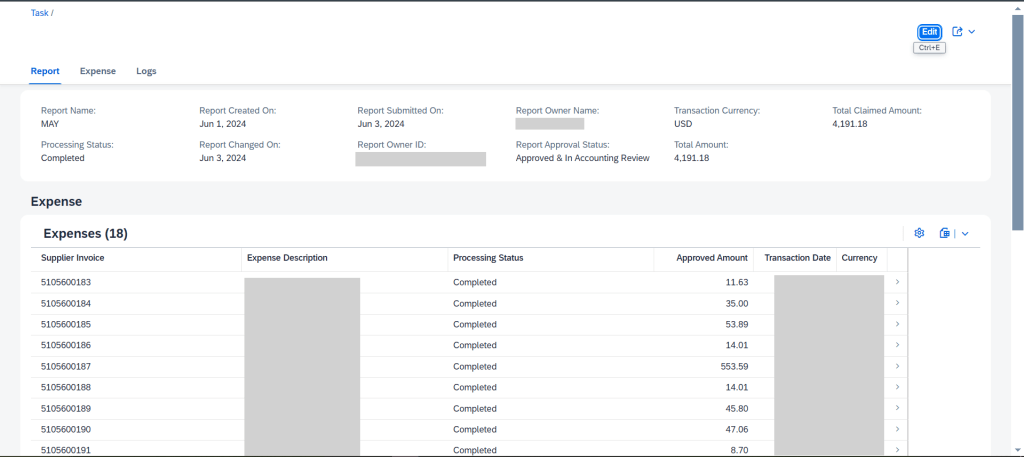
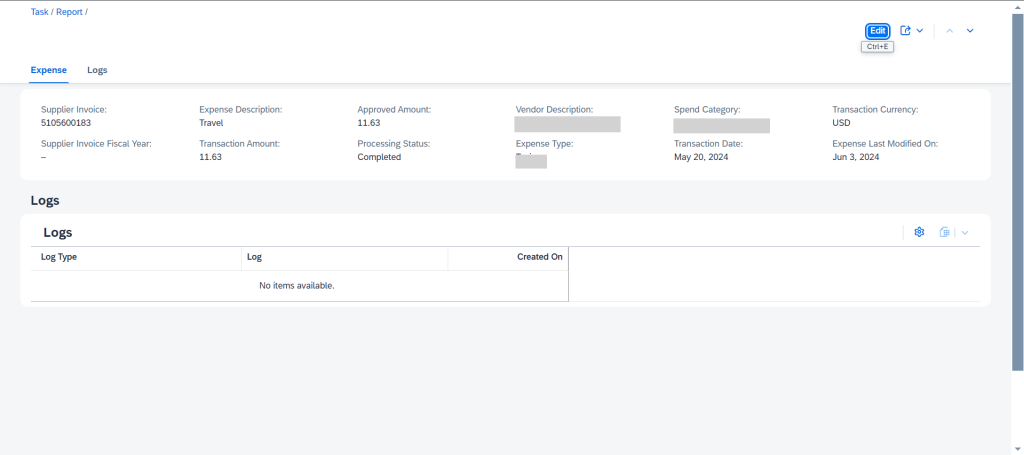
Once the supplier invoice is posted to SAP S4 HANA, it will be stored in the RAP, ensuring seamless integration flow.
Benefits of the Integration
- Increased Efficiency
Automating the integration process reduces manual workload, allowing finance teams to focus on more strategic tasks.
- Enhanced Accuracy
Automated data synchronization minimizes the risk of errors associated with manual data entry, ensuring financial records are accurate and up-to-date.
- Improved Compliance
Ensuring timely and accurate creation of supplier invoices helps maintain compliance with financial regulations and internal policies.

